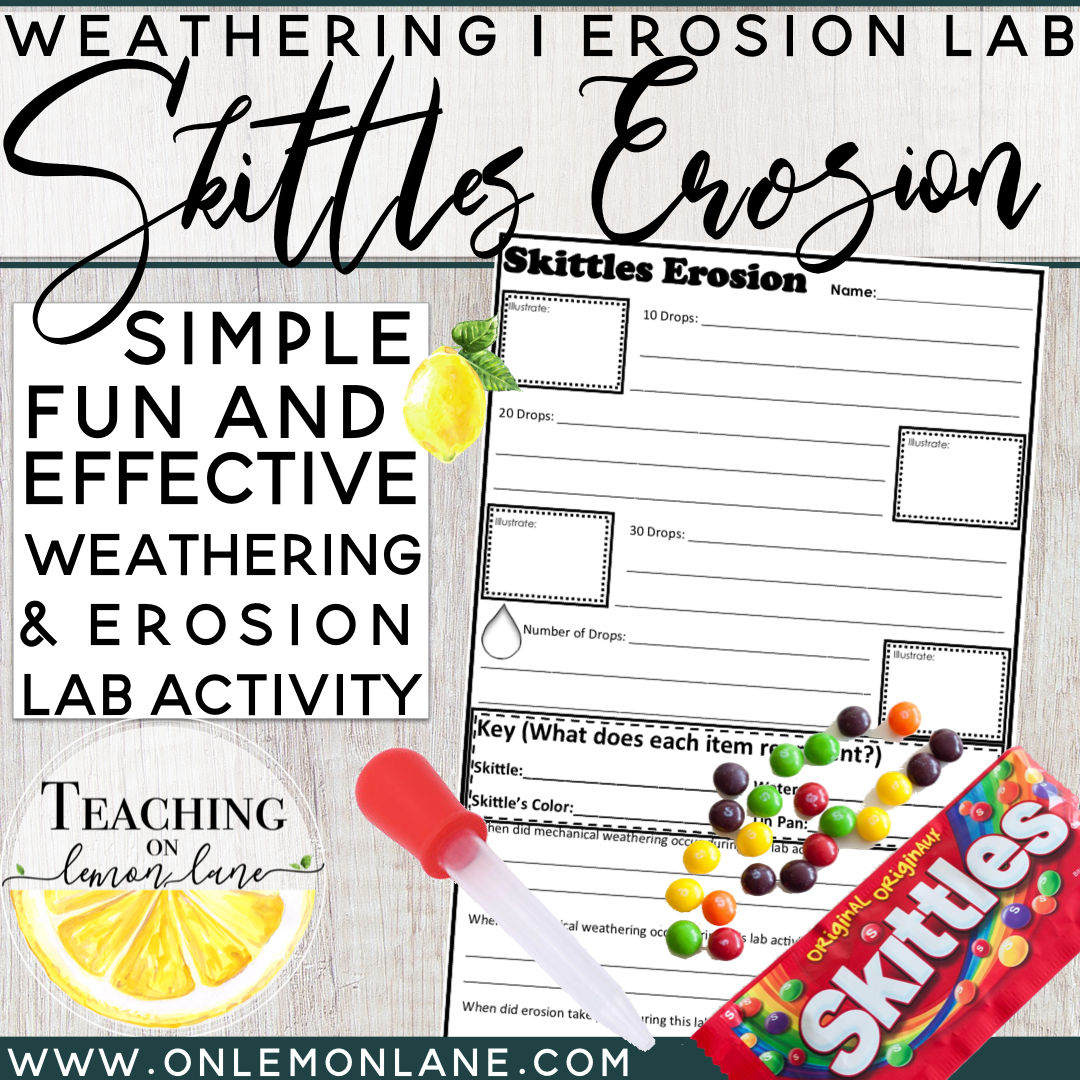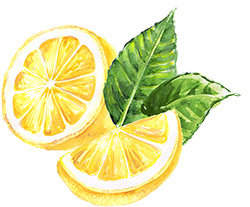Description
One of my favorite lessons to use when teaching about the Earth’s changing surface is this Skittles Erosion Lab. I noticed the need for a printable that my students could use to guide them through the experiment and solidify the concepts I wanted them to pull out. Thus this student sheet was created. This sheet is also the perfect size to glue into your student’s interactive notebook! My students love this experiment because it is hands on and involves candy, I love it because it is a great visual for the students and an effective lesson that leaves a lasting impression! This lab can be used as a whole class activity, in small groups, as a rotation, or even as a science center.
To complete this lesson you simply need:
bag of skittles
shallow pan
pipette or dropper
water
(There are different adaptions out there but this is all I use 🙂
Students simply use the pipettes or droppers do drop the amount allotted on the student sheet onto their skittle that has been placed in the pan. The student sheet requires them to both draw a picture, and record their data after each grouping of drops. Students repeat for each step. I left the last allotment of drops to be decided by you, or the students. Sometimes its fun to end with an extreme and record your data like 80 drops instead of 50.
After students have conducted the erosion experiment they are to answer the following questions, below I have provided possible answers as a guide:
As always I LOVE your feedback, I would love to hear how you used this student sheet, and how it was received by your students! Let me know if you have any questions. ****Remember to follow my store, Teaching on Lemon Lane to stay up to date on the latest products, sales, and of course FREEBIES!
When did mechanical weathering occur during this lab activity?
When the precipitation from the water dropper hit the Skittle and pieces of the shell were worn away or broken off (including the letter S)
When did chemical weathering occur during this lab activity?
When the Skittle sat in the water that accumulated on the surface of the Earth (tin pan) and the color (minerals, rock fragments, sediment) dissolved off of the bottom of the Skittle
When did erosion take place during this lab activity?
When the colored water flowed away from the Skittle the water was carrying away the color (minerals, rock fragments, sediment)
What did the water represent in this lab activity?
Precipitation/rain that weathered the Skittle
What did the Skittle represent in this lab activity?
A rock
What did the color on the Skittle represent in this lab activity?
Minerals, rock fragments, sediment
What did the tin pan represent in this lab activity?
The surface of the Earth



Reviews
There are no reviews yet.